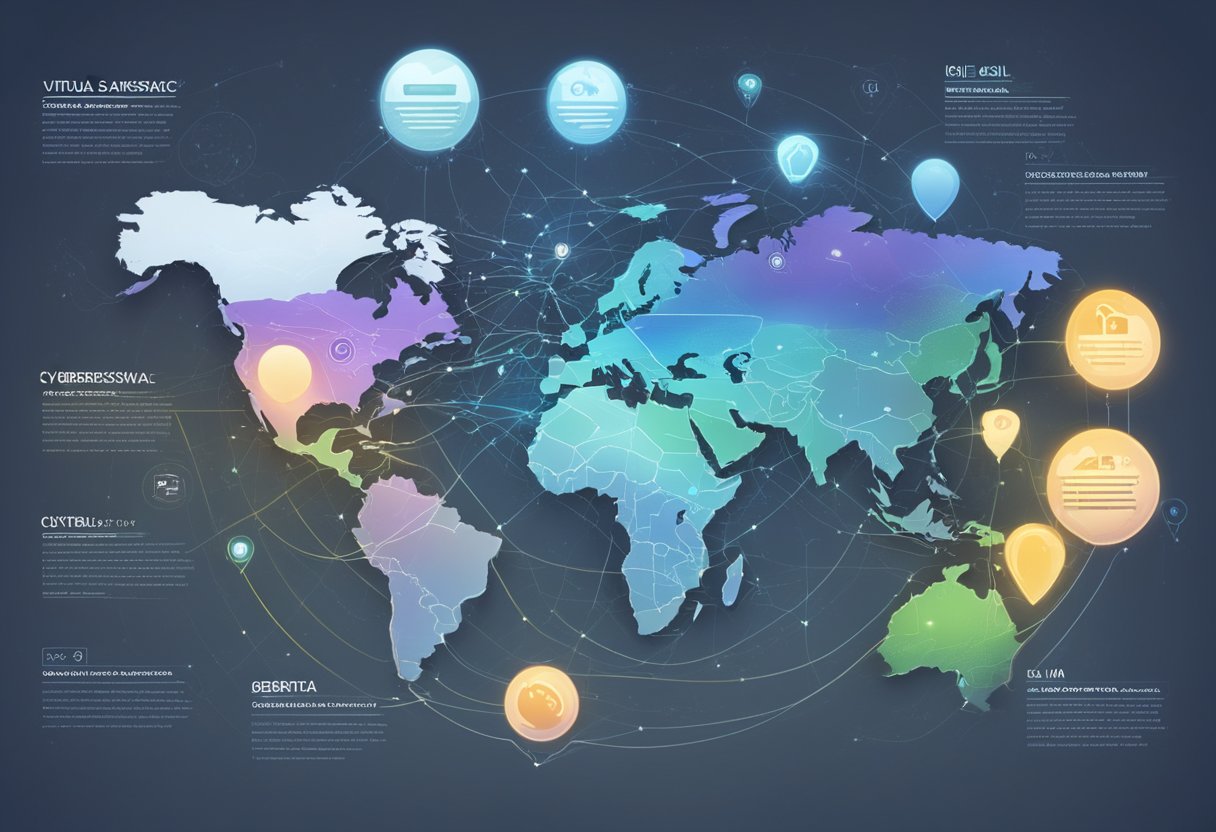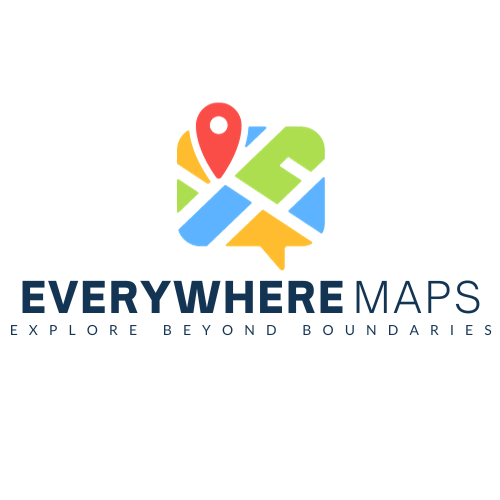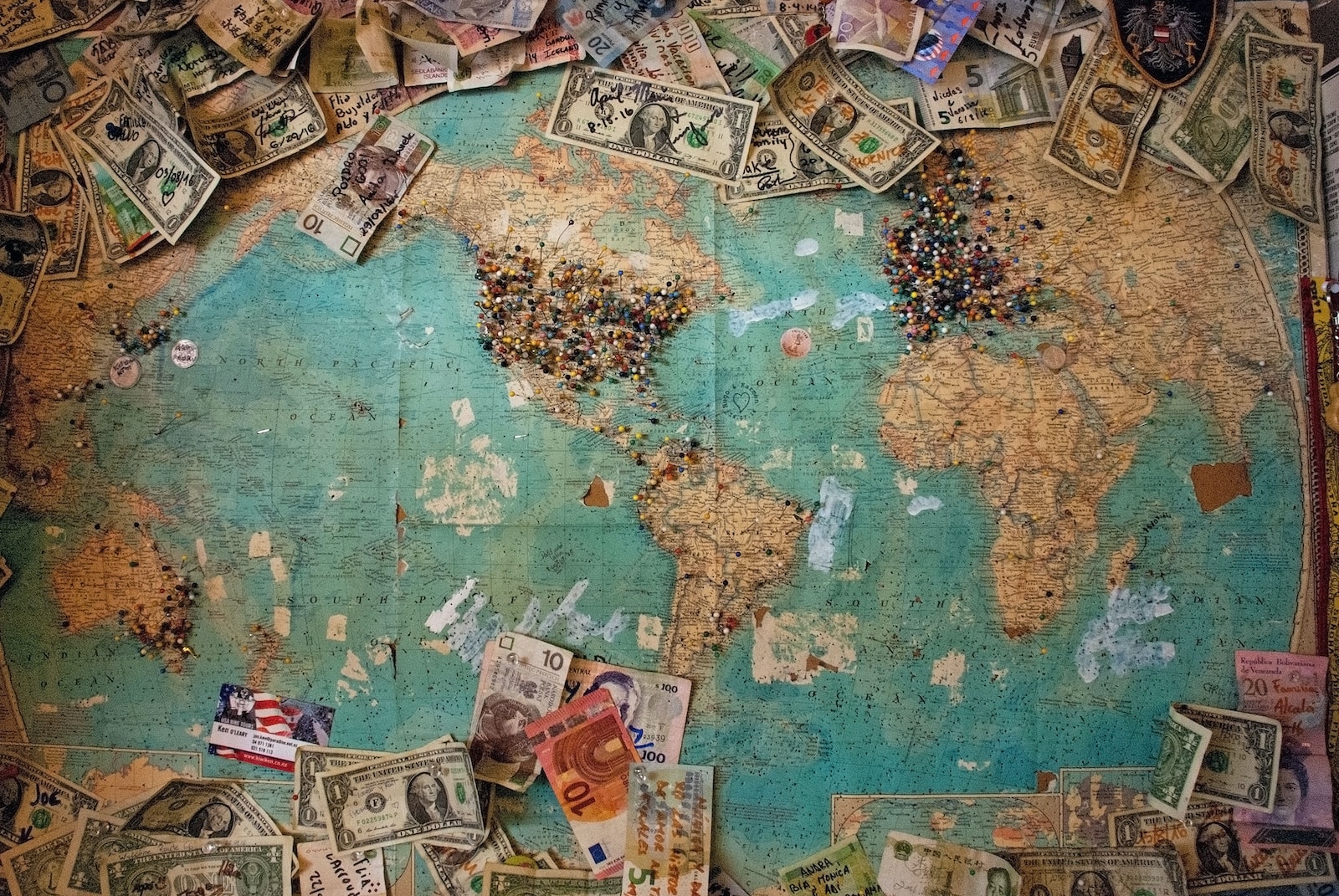Digital Depths: Navigating the Wild and Wacky World of Cyberspace
Welcome to the world of Digital Depths, where we explore the vastness of cyberspace and virtual worlds. The internet has become a parallel universe, a place where we can create, explore, and interact with others in ways that were once unimaginable. As we navigate the virtual world, we need a map to guide us through the vastness of cyberspace. This is where mapping and cyber cartography come into play.

Charting the Virtual Vastness is not an easy task, but it is essential for understanding the digital landscape. Mapping cyberspace and virtual worlds is similar to mapping the physical world, but with its own unique challenges. Cyber Cartography Capers is an exciting field that combines art, science, and technology to create maps that help us navigate the virtual world.
Key Takeaways
- Mapping cyberspace and virtual worlds is essential for understanding the digital landscape.
- Cyber cartography combines art, science, and technology to create maps that help us navigate the virtual world.
- Charting the virtual vastness is not an easy task, but with cyber cartography, we can explore the depths of cyberspace.
Charting the Virtual Vastness

Ahoy there, fellow explorers! Today we’re setting sail on a journey to chart the virtual vastness of cyberspace and virtual worlds. As cartographers of this new frontier, we are tasked with the challenge of mapping a space that is constantly evolving and expanding.
The Cartographer’s New Frontier
Traditional cartography has always been about mapping physical space, but with the rise of the internet and virtual reality, we are now entering a new realm of exploration. As we venture into this uncharted territory, we must adapt our skills and tools to meet the demands of this new frontier.
Virtual Worlds and Real Maps
Mapping cyberspace and virtual worlds requires a different approach than traditional cartography. We must create conceptual models that take into account the unique features of virtual space, such as topology and connectivity. We must also consider the different ways in which people interact with these virtual worlds, and how they navigate through them.
Navigating the Net
Navigating the net requires a different set of skills than navigating physical space. We must be able to visualize the virtual space and understand the relationships between different elements of the map. We must also be able to create maps that are user-friendly and easy to navigate.
In conclusion, charting the virtual vastness of cyberspace and virtual worlds is a challenging but exciting task. As cartographers of this new frontier, we must adapt our skills and tools to meet the demands of this constantly evolving space. By creating maps that are user-friendly and easy to navigate, we can help people explore and discover the wonders of this virtual world.
Cyber Cartography Capers
https://www.youtube.com/watch?v=VxRV-_yDgyQ&embed=true
As we delve deeper into the digital depths of cyberspace and virtual worlds, we realize that mapping them is no easy feat. However, with the advent of cybercartography, we have a tool that can help us analyze and understand these complex environments.
From Cybermaps to Cybersecurity
Cybercartography is not just about creating maps of virtual worlds. It can also be used to analyze computer networks, infrastructure, and even cyberspace security. By creating threat clouds and spatial analysis, we can identify potential vulnerabilities and design suggestions to improve cybersecurity.
But let’s not forget that cybercartography has its roots in traditional cartography. Just as maps of the physical world have evolved to reflect changing landscapes, so too must cybermaps evolve to keep up with rapidly changing computer technologies.
Digital World Design Dilemmas
Designing virtual worlds is no easy task, and cybercartography can help us navigate the complex landscape of virtual reality. By analyzing the spatial relationships between different elements in a virtual world, we can create more immersive and engaging environments.
However, we must also be mindful of the potential pitfalls of digital world design. Just as poorly designed physical environments can lead to accidents and injuries, poorly designed virtual worlds can have serious consequences. That’s why it’s important to use tools like cybercartography to analyze and improve the design of virtual worlds.
In conclusion, cybercartography is a powerful tool that can help us navigate the complex digital landscape of cyberspace and virtual worlds. By analyzing and mapping these environments, we can identify potential vulnerabilities and design suggestions to improve cybersecurity and create more engaging virtual worlds.
Frequently Asked Questions

How do I not get lost in the matrix while digital mapping?
We understand that digital mapping can be overwhelming sometimes. To avoid getting lost in the matrix, it’s important to have a clear understanding of the purpose of your digital map and the area you want to explore. You can also use landmarks to help you navigate, or even create your own using tools like pins or markers. Don’t forget to zoom in and out to get a better sense of the area you’re exploring.
Is clicking around in cyberspace considered cardio?
We’re sorry to say that clicking around in cyberspace is not considered cardio. However, you can still get some exercise by taking breaks and stretching your legs. It’s also important to take frequent breaks to avoid eye strain and fatigue.
Can I download a GPS app for navigating virtual worlds, or should I just drop breadcrumbs?
While there are GPS apps available for navigating virtual worlds, dropping breadcrumbs might not be the best idea. Instead, try using tools like digital compasses or maps that are specifically designed for virtual worlds. These tools can help you navigate and explore without getting lost.
What’s the deal with cybermaps? Are they the new treasure maps for internet pirates?
Cybermaps are simply digital maps that are used to navigate and explore virtual worlds. While they may not lead you to buried treasure, they can help you find your way around and discover new areas to explore.
If I print a digital map, does it become an analog map, or is that just a cyber faux pas?
Printing a digital map does not turn it into an analog map. It simply creates a physical copy of the digital map. While some may consider it a cyber faux pas, there’s nothing wrong with having a physical copy of your digital map.
Are virtual worlds flat like my gaming skills, or round like my office chair?
Virtual worlds can be both flat and round, depending on the design and purpose of the world. Some virtual worlds may be designed to mimic real-world environments, while others may be more abstract and fantastical. Regardless of the design, virtual worlds offer endless opportunities for exploration and discovery.

